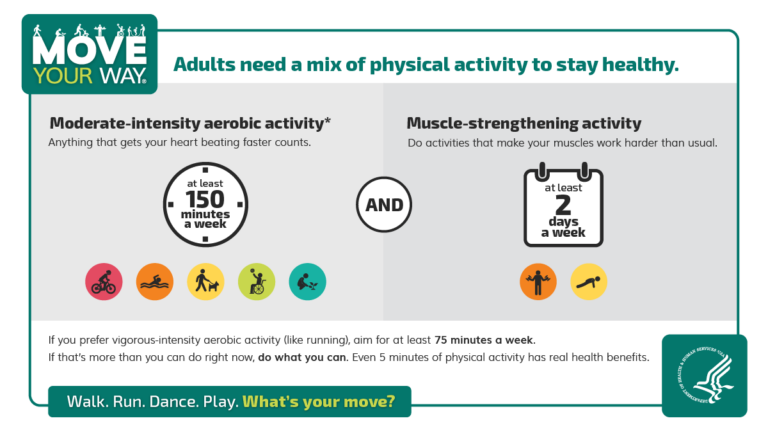Make Healthy Eating a Family Affair
With the growing concerns regarding an increase in the number of overweight children and adolescents, and related health issues, establishing healthy eating habits early in life is important for life-long health and disease prevention. Healthy habits start with the family; being a good role model, providing nutritious foods while limiting high calorie, lower nutrient foods is key. Include your children and teens in family menu planning, age-appropriate assistance with meal preparation and grocery shopping, etc. as often as possible to get them on board with healthy eating.
 With the growing concerns regarding an increase in the number of overweight children and adolescents, and related health issues, establishing healthy eating habits early in life is important for life-long health and disease prevention. Healthy habits start with the family; being a good role model, providing nutritious foods while limiting high calorie, lower nutrient foods is key. Include your children and teens in family menu planning, age-appropriate assistance with meal preparation and grocery shopping, etc. as often as possible to get them on board with healthy eating.
With the growing concerns regarding an increase in the number of overweight children and adolescents, and related health issues, establishing healthy eating habits early in life is important for life-long health and disease prevention. Healthy habits start with the family; being a good role model, providing nutritious foods while limiting high calorie, lower nutrient foods is key. Include your children and teens in family menu planning, age-appropriate assistance with meal preparation and grocery shopping, etc. as often as possible to get them on board with healthy eating.
A helpful resource for implementing healthy meal planning is the USDA MyPlate Food Model which provides a simple visual approach to build a healthy plate for people of all ages. Visit the website at ChooseMyPlate.gov to get ideas for meal planning, healthy snacks, recipes, portion control guidelines, etc.
Key messages from MyPlate are:
- Make half your plate vegetables and fruits
- Make one-quarter grains with at least half from whole grains
- Make one-quarter protein (vary your choices)
- Choose fat-free or low-fat (1%) milk
Other recommendations include:
- Avoid oversized portions (you provide the healthy foods; let your children decide how much they eat)
- Drink water instead of sugary drinks (sodas, juice, etc)
- Eat more meals at home and sit down for family meal time as often as possible
- Include daily breakfast
Some ideas to get kids to eat more vegetables:
- Package washed and trimmed fresh vegetables in snack-size zip lock bags to make an easy grab and go snack or lunch box addition
- Serve with plain Greek yogurt mixed with dry dip seasonings or fat-free salad dressing
- Serve a “salad bar” style vegetable assortment for self-serve dinners
- Provide bowls of colorful vegetables (broccoli flowerettes, cauliflower flowerettes, sliced green, yellow or red peppers, radishes, sugar snap peas, cherry tomatoes, carrots, etc.) to snack on after school or before dinner when they are more hungry
- Add more vegetables to soups, stews, crock pot meals, marinara sauce, chili, meatloaf, scrambled eggs, etc. (onions, shredded zucchini, mushrooms, spinach, tomatoes, chopped peppers, green chilies, etc)
- Expose them to locally grown, seasonal vegetables; introduce new vegetable choices regularly
Make healthy eating a positive experience and meal time a happy time. Talk with your Registered Dietitian for more ideas or individual consultation.
Liz Hurst, RD




